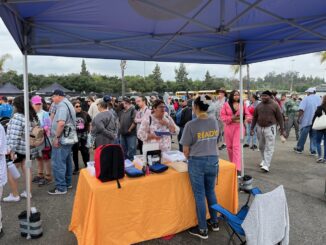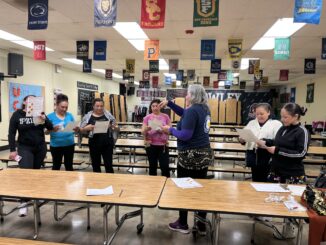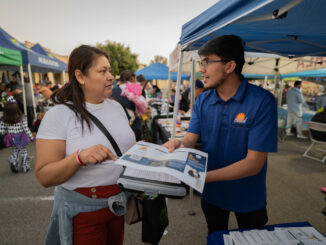
Canal Alliance provides a bridge between communities and local/state disaster resources
by Anne Stokes
Omar Carrera knows his community. He’s been the CEO of Canal Alliance for more than eight years and has worked in multiple capacities for the Marin County nonprofit—which is dedicated to helping Latino immigrants and their families “break the generational cycle of poverty”—since 2003.
When it comes to helping prepare those served by Canal Alliance for emergencies such as power outages, he points out that “the local communities understand better than the state how to provide aid.” This is especially true when disasters, like power outages, strike the county.
“We recognize the role the nonprofits play in the emergency response and natural disaster preparation because we are very close to the community and have their trust,” Carrera says. “At the same time we are close to the government and philanthropic institutions. A nonprofit like Canal Alliance plays a crucial role in making sure the communication is clear.”
“The reality is, when there is a disaster, many institutions are not equipped to take into account the challenges that poverty or migration create for people.”
Omar Carrera, Chief Executive Officer, Canal Alliance
In Marin County, the current approach to disasters—born in the wake of lessons learned during the COVID-19 pandemic—is the use of community response teams that are assigned to four different areas in the county to coordinate and provide access and aid within their various spheres. The teams get activated during a disaster to pass information on to the various community-based groups. Canal Alliance is a member of the San Rafael team.
“The reality is, when there is a disaster, many institutions are not equipped to take into account the challenges that poverty or migration create for people,” Carrera says. “They call Canal Alliance to contribute, and by having people who look like them, who speak their language,” trust is built, and those who might otherwise be underserved are more prepared to respond in a disaster.
“There is no single methodology to reach out to all communities that are going to be disproportionately impacted in times of disaster,” Carerra says, “so local government had to create their own methodology.”
To prepare for power outages and other emergencies, Canal refers the community to PG&E’s checklists for supplies and planning, as well as its tipsheet for planned public-safety power shut-offs.
Additionally, Canal encourages residents to sign up for Nixl for general traffic, weather and other alerts, and Alert Marin for updates on emergencies and natural disasters.
To learn more about Canal Alliance, visit www.canalalliance.org.
Don’t Get Left in the Dark
- Plan for your essential power needs, including powering medical equipment, keeping medications refrigerated, communications and more
- Have back-up batteries, portable chargers or power banks for devices like cell phones and necessary devices
- Have paper copies of important information like emergency contacts and medications
- Avoid opening your refrigerator/freezer to keep perishables cold as long as possible. Use ice if necessary
- Use battery-powered flashlights instead of candles
For more information on how to prepare for and stay safe during power outages and other emergencies, visit www.listoscalifornia.org.




